The NAIOP Research Foundation commissioned this report to examine three trends related to this convergence: the conversion of shopping centers to distribution centers, adding distribution uses to existing retail buildings, and the development of mixed-use properties that include both distribution and retail.
Retail
Retail
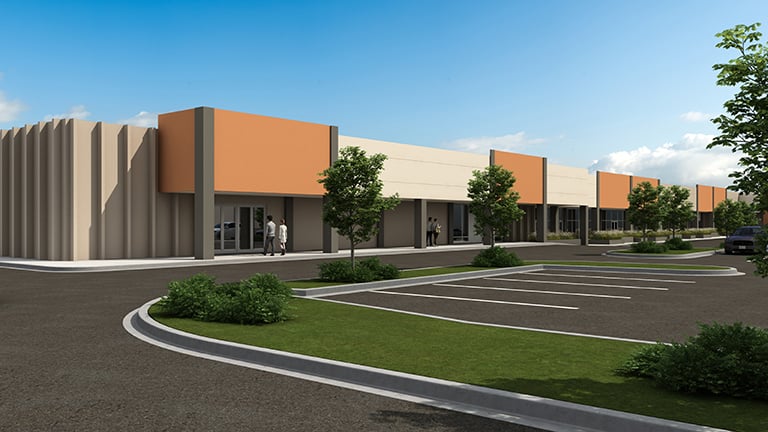
New Places and New Spaces for E-commerce Distribution: Three Strategies Bringing Industrial and Retail Real Estate Closer Together
By: Dustin C. Read, Ph.D./JDJune 1, 2022
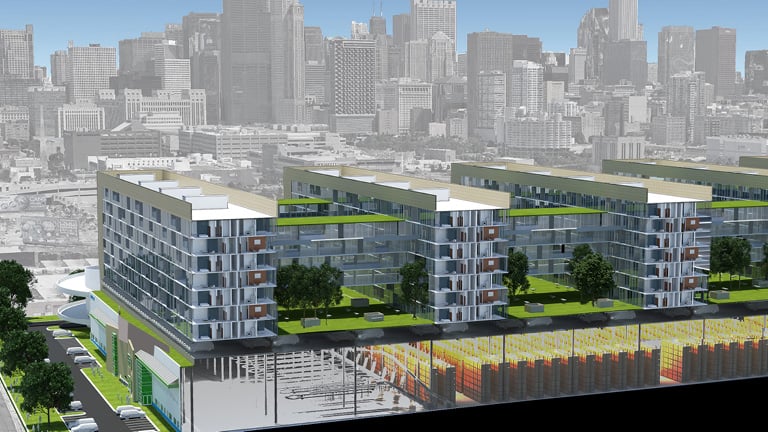
The Evolution of the Warehouse: Trends in Technology, Design, Development and Delivery
By: Steve Weikal and James Robert ScottOctober 13, 2020
The NAIOP Research Foundation commissioned this report to provide the real estate development community with insight into current and future trends in building and logistics technologies and their implications for industrial real estate. Steve Weikal and James Robert Scott, researchers at the MIT Real Estate Innovation Lab, interviewed professionals specializing in industrial building design and automated systems to identify emerging trends that will be of interest to industrial developers, building owners and tenants.
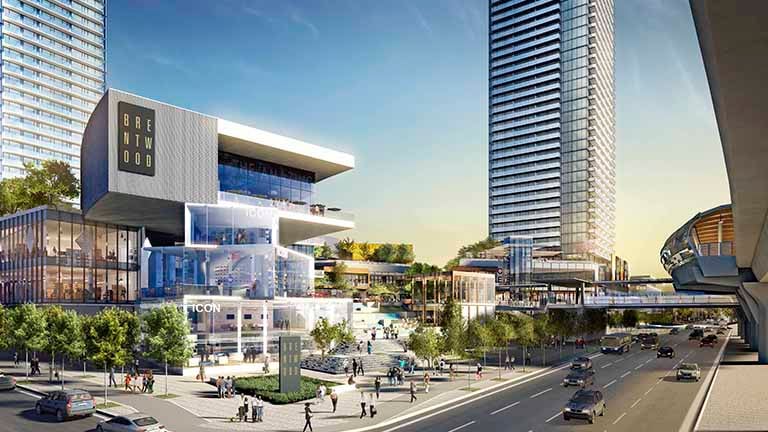
Repurposing Retail Centers: Profiles in Adaptation, Repositioning and Redevelopment
By: Jason Beske, AICPDecember 23, 2019
The NAIOP Research Foundation commissioned this report to examine how developers are transforming struggling or closed malls into properties that fit within current market conditions and serve the needs of their surrounding communities.
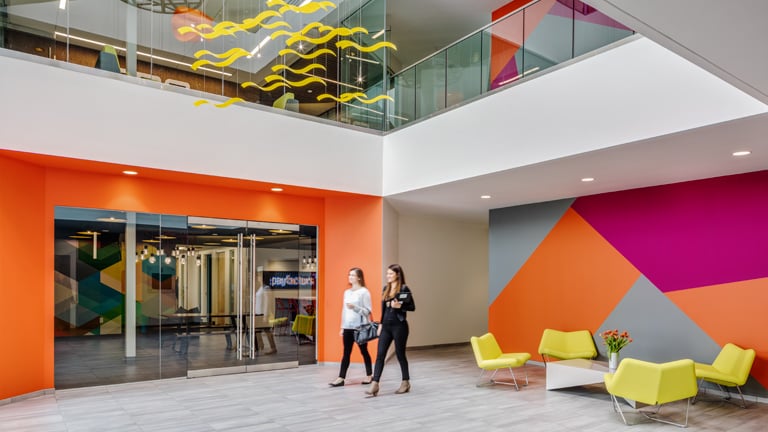
Profiles in the Evolution of Suburban Office Parks
By: Dustin C. Read, Ph.D./J.D.August 21, 2019
The NAIOP Research Foundation commissioned this report to identify ways that firms are revitalizing suburban office parks through redevelopment, rehabilitation and adaptive reuse. The author interviewed five developers who have recently updated suburban office parks in the United States and Canada to learn how they made these properties relevant for today’s market.
Beacons and Sensors in Commercial Real Estate
By: NAIOP Research FoundationDecember 6, 2018
This brief provides an overview of some of the ways that simple, tiny, affordable and ubiquitous sensors are being used in commercial real estate settings. It addresses radio-frequency identification, geofencing, beacon technology, and WELL™ and RESET™ technologies, and it concludes with the broader challenges associated with using networked digital data-collection systems.

The Promise of E-commerce: Impacts on Retail and Industrial Real Estate
By: Curtis D. Spencer, President, IMS Worldwide and Steve Schellenberg, Vice President, IMS WorldwideMarch 17, 2015
As e-commerce sales continue their robust growth, manufacturers, transportation providers, distribution and fulfillment center operators and retailers all are being pressured to modify the retail logistics chain.
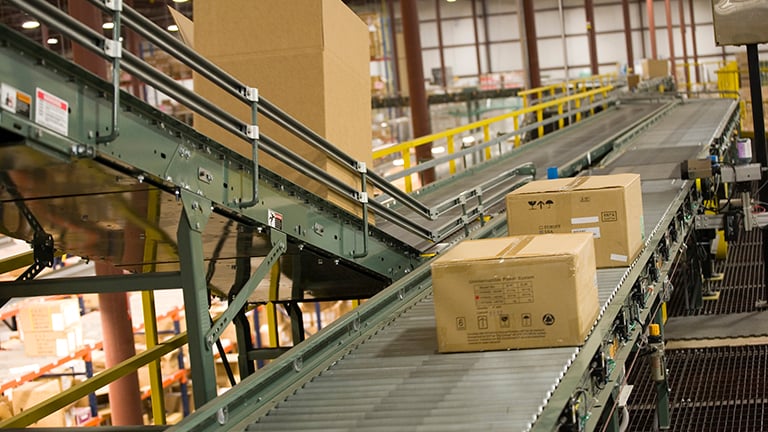
The New Borderless Marketplace: Repositioning Retail and Warehouse Properties for Tomorrow
By: Curtis Spencer, IMS WorldwideApril 1, 2012
This whitepaper addresses trends and strategies needed and how the retail experience will change over the next five years.

Predictors of Commercial Real Estate Development
By: Andrew G. Mueller and Dr. Glenn R. Mueller, University of DenverJanuary 1, 2009
This research identified the economic indicators that drive new development of commercial real estate for each property type at the national and MSA level. These indicators will help with forecasting: future demand for space and leasing; competition in specific markets and across property types; and more accurate feasibility studies for future projects.

Measuring the Impact of Hispanic Population Growth on the Location of and Demand for Commercial Real Estate in the U.S.
By: G. Donald Jud, Ph.D., Bryan School of Business and Economics, University of North Carolina at GreensboroMay 1, 2008
The expected growth of the Hispanic population will impact the location and demand for commercial real estate in the United States. The report contains economic impact data for 50 states and major metropolitan areas.

